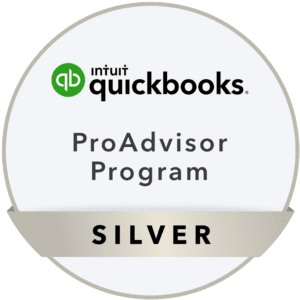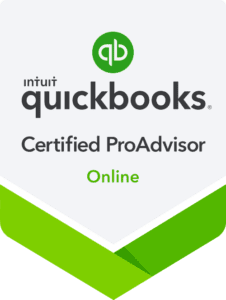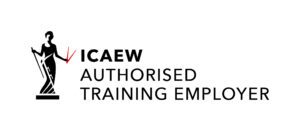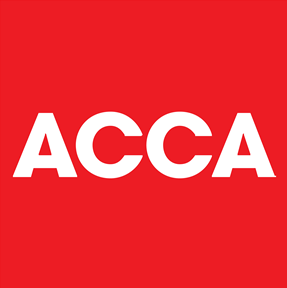IR35 Rule changes
Find below frequent questions on changes to IR35 rule
In April 2000, anti-avoidance legislation was introduced and IR35 was the number of press release. The idea was to tackle the avoidance of tax and National Insurance by individuals providing their services via a PSC (Personal Service Company). IR35 rule simply asks a question i-e in absence of company existence, would the relationship between the end client and the worker be that of employer and employee?
A PSC (Personal Service Company) is a company whose income is mainly derived from work performed personally by the shareholder.
The IR35 rule’s basic question of “in absence of company existence, would the relationship between the end client and the worker be that of employer and employee?” applies to each individual contract.
- The IR35 rule applies (caught under IR35) where the relationship between the end client and the worker is that of employer and employee
- The IR35 rule does not apply (outside IR35) where the relationship between the end client and the worker is that of self-employment.
Currently in the private sector, it is the Personal Service Company (PSC) who decides whether it is inside or outside IR35. If IR35 applies, the PSC is responsible for applying PAYE & National Insurance to the “deemed direct payments” (see below) received under the contract, including the liability for employer’s NI contributions.
The Deemed Direct Payment under IR35 rule is effectively a minimum salary that must be processed by the PSC, which prevents the shareholder extracting the money in the form of dividends. The relevant legislation is S61Q ITEPA 2003, where you take the payment net of VAT and deduct direct cost of materials and any allowable expenses, as if the worker was an employee under s339A ITEPA 2003. Refer to EIM32135.
The need for change in IR35 rule was felt simply to crack down on disguised employment. The initial consultation on off-payroll working in the private sector ran from May 2018 to August 2018, where it was estimated that only 10% of individuals working in this way apply the rules correctly. This costs hundreds of millions of pounds in lost tax revenue every year to the treasury. Further consultation ran from March 2019 to May 2019, where it was established that non-compliance of relevant IR35 rule in the private sector has been growing at a rapid pace and is expected to reach £1.3 billion a year by 2023/24.
Under the new IR35 rule;
- From 6th April 2021, responsibility for making IR35 decision (whether the contract is inside or outside IR35) will fall onto the private sector “client”, as opposed to the PSC (IR35’s contractor company) providing the worker, unless the client is small.
- If the contract is inside IR35, the liability to operate PAYE & NICs on the “deemed direct payment” (see above) will fall onto the “fee payer”, as opposed to the PSC (IR35’s contractor company) providing the worker.
- The “client” and the “fee payer” are often same, but they may be different.
The fee payer will apply PAYE & NICs to the deemed payment (see above), as if the worker was a direct employee of the fee-payer.
- No entitlement to SSP/SMP/SPP.SHPP etc.
- No deduction for Student Loans will apply
- RTI returns should show the “off payroll worker” marker
The fee payer will be liable for the employer’s NICs/Apprenticeship Levy. Payment of the net amount is made to the PSC. Full VAT is also paid to the PSC. At the end of the year or contract, a P60/P45 should be issued in the worker’s name.
- The net payment received by the PSC can be paid out as either salary or dividends with no further tax deduction. RTI returns (FPS submission) would still be required though.
- The gross amount of the deemed payment is not treated as income of the company as per S141A CTA 2009. This is not required to be brought into account in calculating the profits of the trade.
- Similar provisions would apply where the intermediary is a partnership per S164B ITTOIA 2005.
- The worker will receive a P45/P60 from the fee-payer.
- The worker will report the income on employment income page of the self assessment tax return, as if they had been a direct employee of the client.
- Any salary or dividend paid out of the PSC in respect of that contract are not reported on the tax return.
They would see if the intermediate company (or companies) did not exist, would the relationship between the end client and the worker be that of employer and employee? They will apply the normal employment status tests to the hypothetical relationship.
Employment law has 3 possible status outcomes i-e Employed, Self Employed and Worker. However, for IR35 rule purpose, there can only be 2 possible status outcomes i-e Employed or Self Employed.
- Control: What, where, when, how, why etc.
- Personal Service: Who, right of substitution etc.
- Mutuality of obligations: ongoing expectation of each party, exclusive arrangement etc.
- Integration: Title, office space, telephone/email list etc.
- Economic reality: Premises, tools, risks etc.
- All above factors will rarely point in the same direction. Consequently, the decision is made on balance of probability.
- HMRC’s “Check Employment Status for Tax (CEST)” can also be used. However, the tool is not exclusive and does not take into consideration all possible scenarios for contractors.
- You can consider Independent review
- The client must issue a “Status Determination Statement – SDS” (See below), if IR35 applies. HMRC have confirmed that under the current draft of the legislation, there is no requirement to issue such statement, if IR35 does not apply, however they suggested it would be a good practice if you do.
- The client is liable for any underpaid PAYE & NICs until the SDS is issued or it it gets the decision wrong, unless it is provided with false information.
- The SDS must be issued to the worker (S61N-5 ITEPA 2003) and to the intermediary with whom the client contracts (S61N-8za ITEPA 2003).
- Each intermediary must then pass the SDS to the next intermediary below them in the chain, down to the “fee-payer”. Failure to pass on the DSS renders that intermediary liable for PAYE & NICs (S61N7 ITEPA 2003).
- SDS must give reasons for the conclusion, whether IR35 does/does not apply.
- Must take reasonable care in arriving at the conclusion in order for it to be valid.
Client-led status disagreement process:
- Either the worker or the fee-payer may object to the decision, but there is no right of appeal to HMRC
- Client has a 45-day limit to consider the case
- Client must give reasons for its conclusion or issue a revised SDS to the worker and the fee-payer.
The qualifying conditions are met in a year in which it satisfies 2 or more of the following:
Annual turnover: not more than £10.2 million
Balance sheet total: not more than £5.1 million
Number of employees: not more than 50 (monthly average)
This test should be applied to the last financial year which ended before the tax year starts. For new entities, the first financial year is disregarded if it does not end before the tax year starts, so it will automatically be regarded as small.
Please get professional advice from Naail & Co, on Small Group, Small relevant undertaking, small other undertaking and/or small other person for the purpose of IR35 rule.


